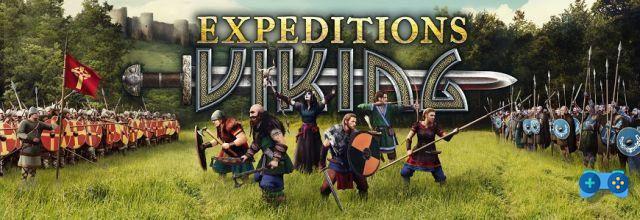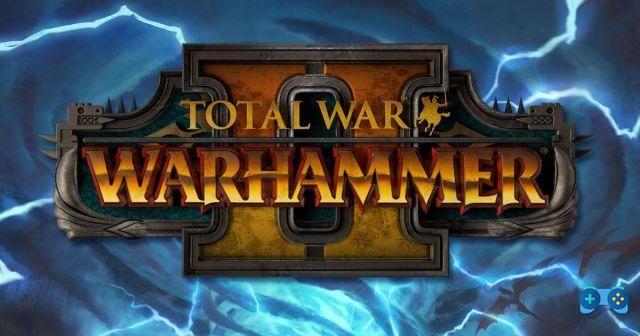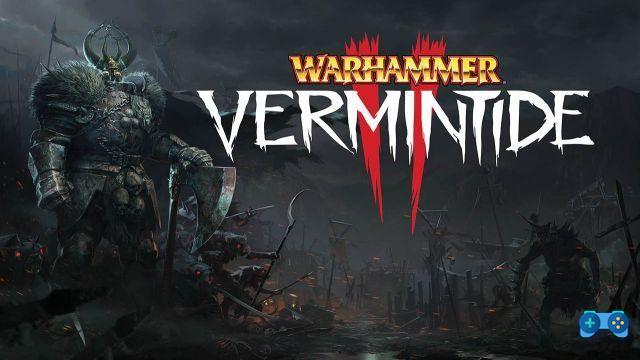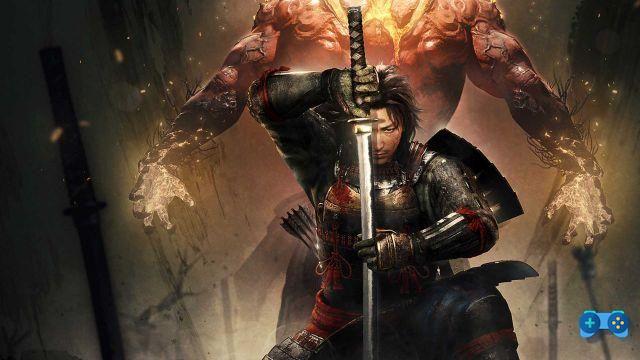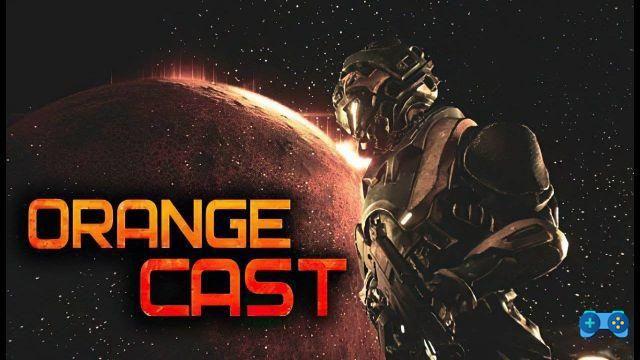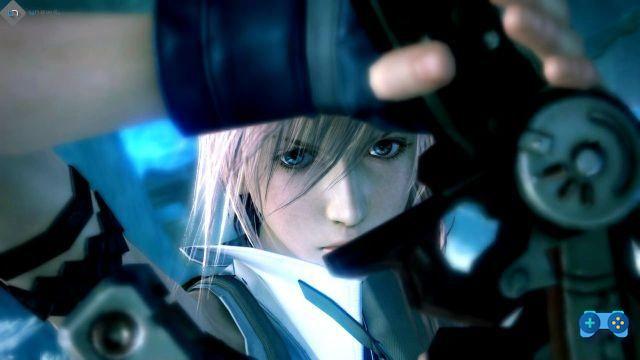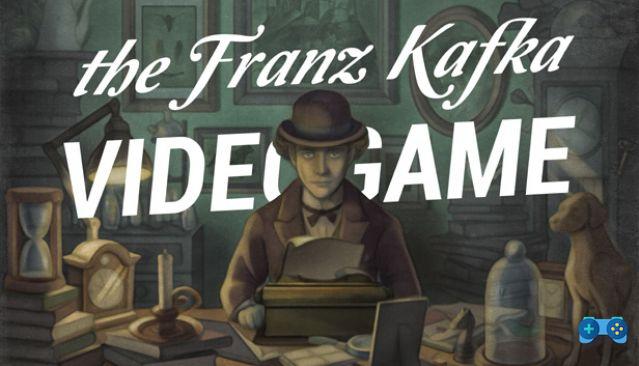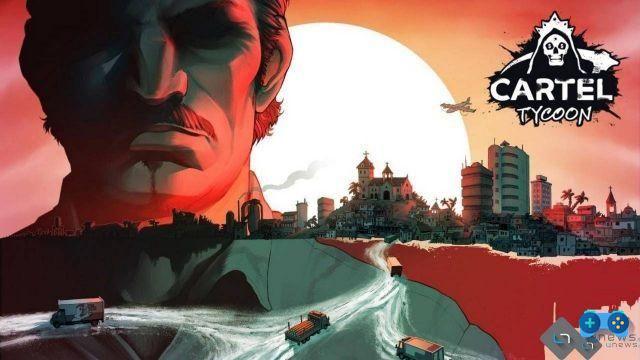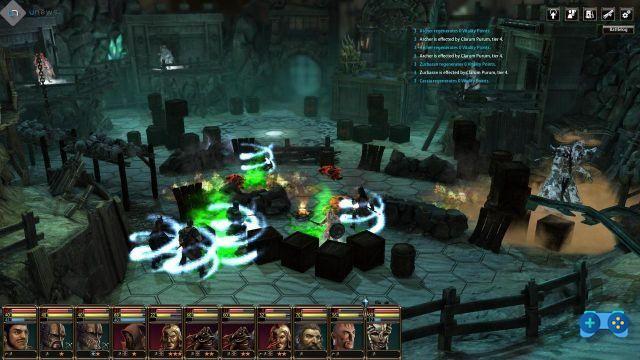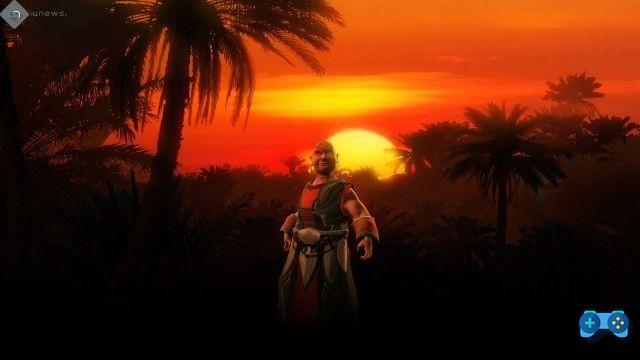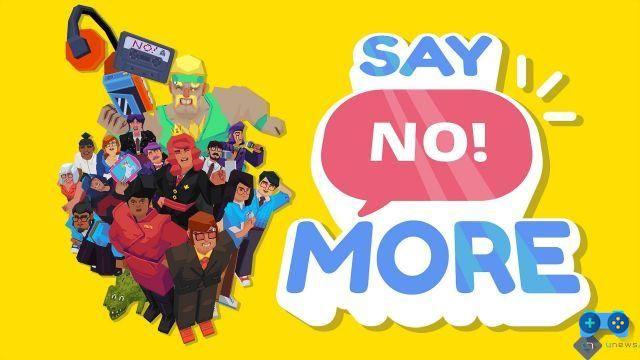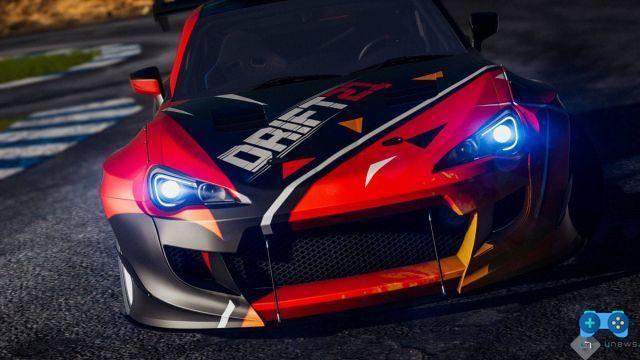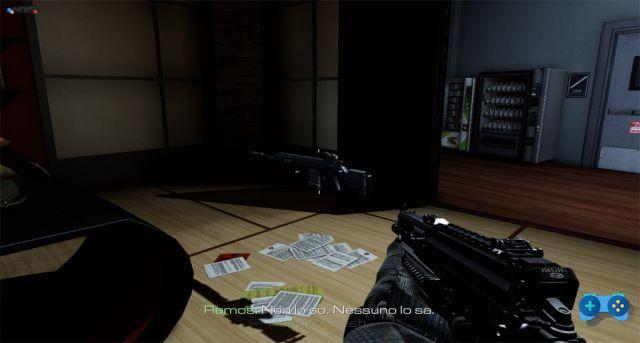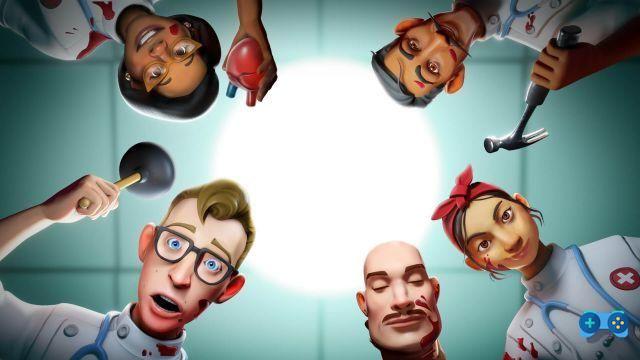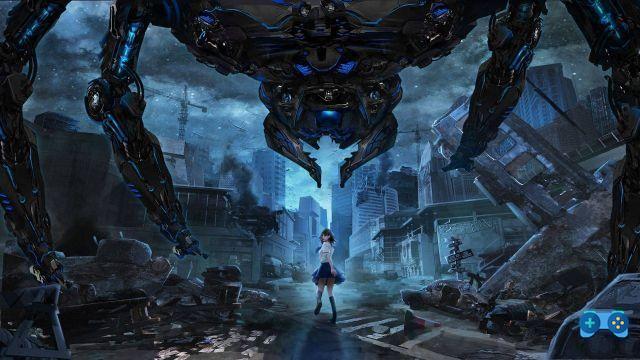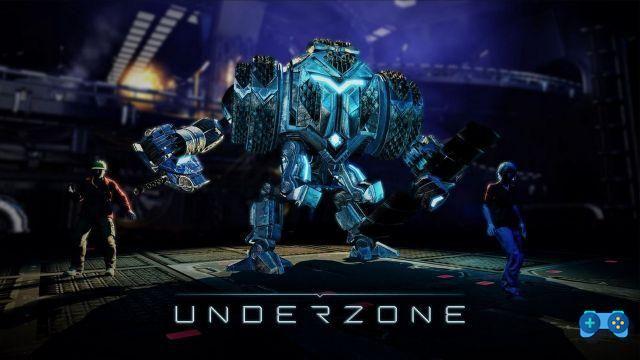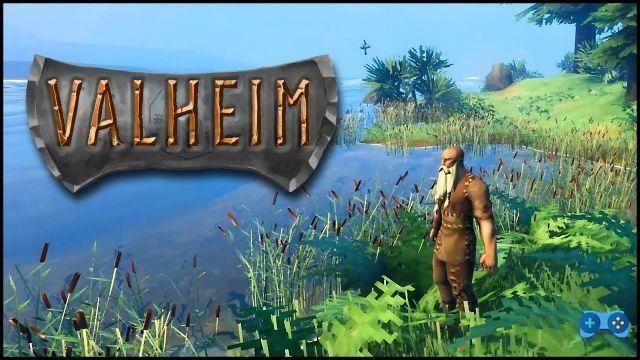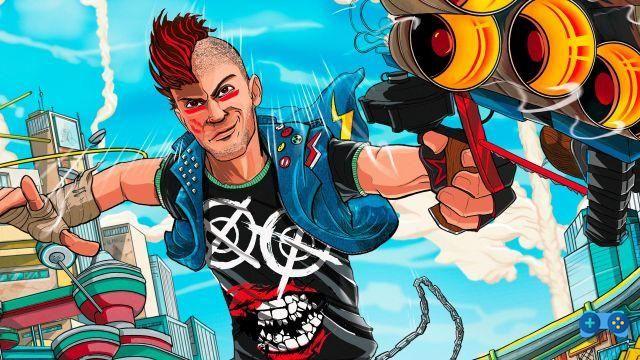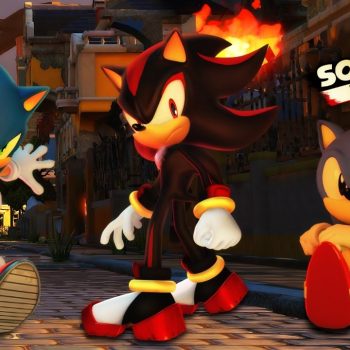Rogue nostalgia
PC tested version
Hardcore tabletop RPG players will surely know the name of W and his immortal brand Dungeons & Dragons. The most loyal visitors of the most famous fantasy world in the world will also have in mind the enormous disappointments deriving from the attempt made with the fourth paper edition of the title by the American company, which, probably too sure of itself to the point of attempting a huge gamble, has in recent years tried to bring a greater number of buyers to its product by proposing a version that mixes the classic elements of traditional RPGs with the practicality and immediate accessibility provided by genre videogames. The final result, a hybrid with little appeal for both spheres of users that she aimed to reach, it was certainly one of the biggest missteps made by the Wizard in the arc of her honored career. An error witnessed by the unthinkable overtaking in sales made at the same time by the newcomer Pathfinder who instead aimed to innovate traditional elements without departing too much from tradition.
The unexpected lesson imparted by the latter must have convinced the industry leader to take a step back with the new fifth print edition of D&D, which immediately met with enormous success even among long-time fans thanks to its balanced mixture of elements of the past svicerati through simpler mechanics, but not for this trivial.
Within this process of returning to the past, even the new is placed to all effects Sword Coast Legends, developed by n-Space, which is nothing more than a digital transposition as faithful as possible of the new print edition trying to keep the board game feeling.
Pass me that card!
Sword Coast Legends reveals the promotional product features of its paper counterpart, while winking at the same time to lovers of classic RPGs, right from the start. Creating your own fantasy alter ego in fact slavishly retraces all the phases of the traditional board game, drawing heavily from the regulation of the fifth edition. All those who are already enjoying the breath of freshness brought by the latter will not be able to help but notice this aspect. They will, in fact, have at their disposal the same races starting classics to choose from and will also be able to select the bonuses deriving from the presence of any subraces. There will then be the possibility to select your class from a slightly more limited roster than that of the basic manuals already on the market, but in any case able to cover all game roles. Certainly, however, the screen that shows in a more direct way on the PC that typical feeling of the form compiled on printed paper will be that relating to the increase in the characteristics of our hero which, as has always been the case when it comes to D&D, can be increased by assigning a number of points similar to that used by the basic system. In this way we will get gods skill modifiers that will impact directly on the gameplay both in the role-playing and in the combat phases. The role-playing aspect will also be supported by the novelty, introduced with the fifth edition, to provide its own character too an initial starting background. If the nostalgics still weren't satisfied, there will finally be a return to the origins also with regard to the selection of skills to which points can be awarded by leveling up within skill-tree which help to recreate almost totally the same progression appeal as your character on paper. The creation screen alone, thanks also to the numerous possibilities of physical characterization, reveals the first strong point of contact of the title with the traditional RPG, demonstrating in a decisive way how much Sword Coast Legends, of which the manual of the same name is expected to be released soon, wants to act as a bridge between two types of games and consequently two often different users.
Don't waste time, hit that bar!
The heart of the matter
If there has always been one aspect of traditional RPGs that video games have never been able to reproduce for sure it is that of relationship between the Dungeon Master and his own company of players. With Sword Coast Legends, n-Space has finally found a way to solve the problem thanks to called mode precisely Dungeon Master, certainly the flagship of this production and the aspect that most of all puts it in direct contact with its paper counterpart. Developers, through a creation system divided by modules, with public access or restricted only to their friends, they thought of providing players with the opportunity to step into the shoes of virtual DMs by creating their own adventures and the stories told through them. All the tools used for the single-player campaign of the title can, in fact, be exploited by aspiring Dungeon Masters to create their own levels thanks to the use of various types of quests, the inclusion of their own characters, who may be equipped with particular modes of behavior, and finally even setting specific combat conditions.
Once you have created your own module, just like in real life, it will be possible to influence the adventure of your group of heroes through the DM Threat which will allow the narrator to vary the story in progress by inserting or eliminating particular elements. That of the DM will be, as all D&D veterans already know, a very difficult role to play since his task, as always, will not be to defeat the adventurers, but to make their path within the specific module as enjoyable as possible. For this reason, the DM Threat will not be a tool to abuse to make life impossible for PCs, but rather a functional parameter to increase their fun as it will recharge slowly and often only through the goals reached by the party. Members of the latter will eventually have the opportunity to judge the work of the various DMs through particular parameters and, since the votes obtained will then be visible in the module selection screen, it will be better to try to carry out the storytelling profession in the best possible way, so you can drag a new group of heroes into your clutches later.
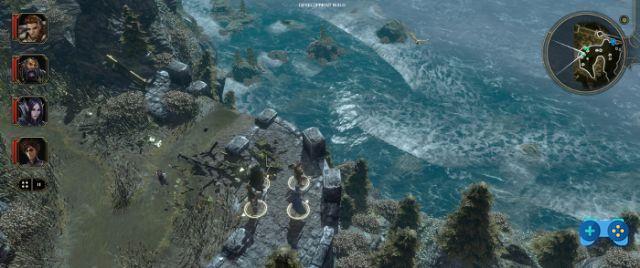
Return to the glories of the past
From a purely technical point of view there is, however, to admit that Sword Coast Legends shows the side with regard to the graphics sector. The animations and settings are clearly inferior to some contemporary genre productions, but luckily the sound is, instead, rather engaging and functional to the type of game.
In conclusion, with Sword Coast Legends and simultaneously with the most recent print edition, W has shown that from mistakes it is possible to learn not to make new missteps. The title developed by n-Space, while aiming to arouse the enthusiasm of a specific slice of the public, it can easily be interesting also for all those interested in a traditional way of doing RPG. The Dungeon Master mode also capable of increasing its longevity indefinitely, could be a suggestive variation on the theme even for the newcomers of the genre thanks to the possibility of creating adventures from scratch to play with your friends.
Have a nice trip, to Neverwinter adventurers.
Final commentI wrote and rewrote about Sword Coast Legends. In hindsight, I regret having been one of the few until now to cover the title in a review. A videogames necessary for D&D fans, now more than ever back in vogue, but also for all those who are never tired of living fantasy adventures in the most traditional ways. Too bad for the lack of attention paid at the moment to a similar title, able to really give something innovative in the hands of the right players. Really recommended. |
| For | Cons |
|---|---|
|
- Excellent customization and management of fights
- Every DM will love the special mode
- The entire fifth edition of D&D in digital version.
|
- Graphically below expectations
- A title that aims above all to entertain lovers of traditional fantasy.
|
| Overall rating: 82 |




